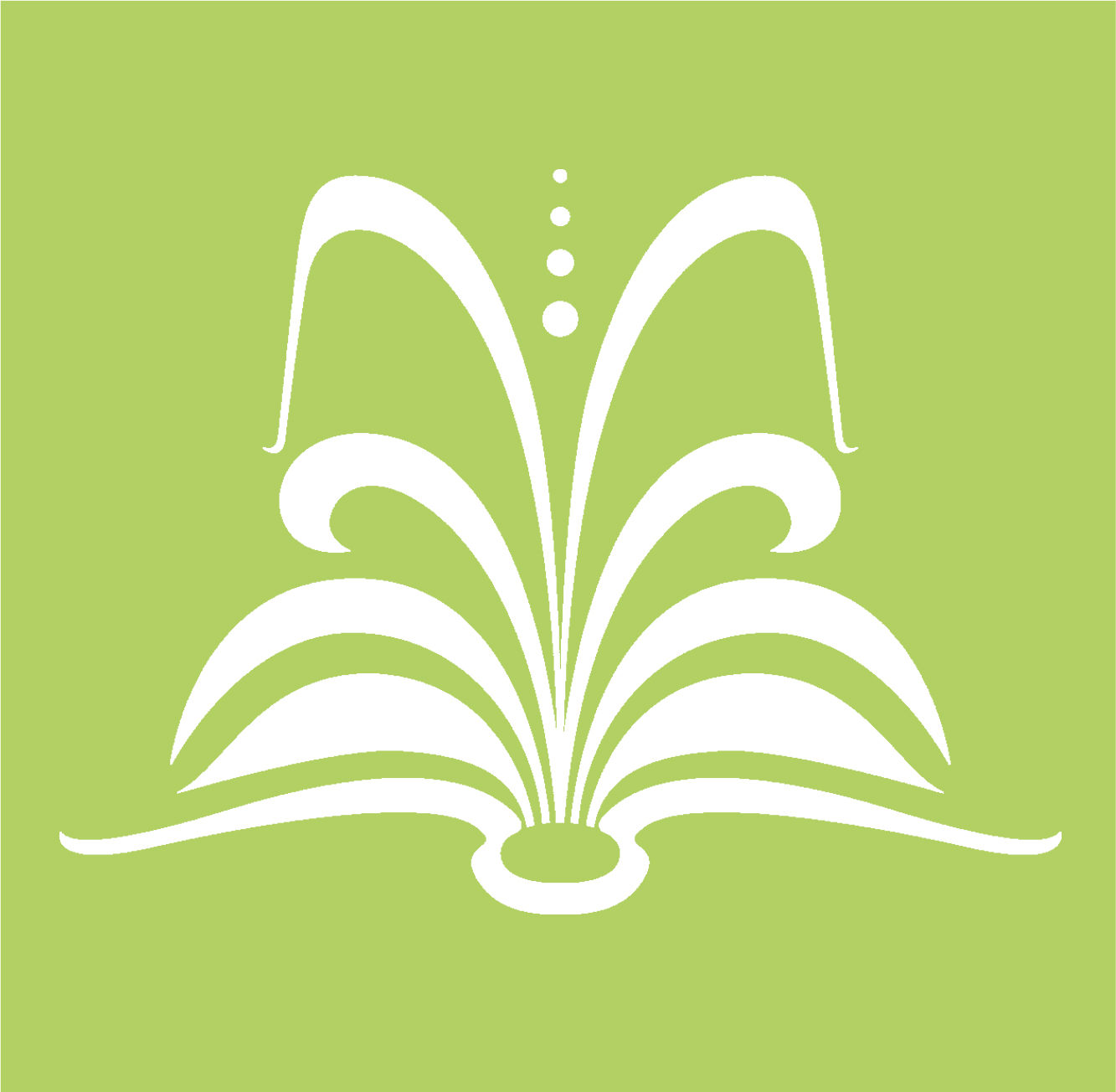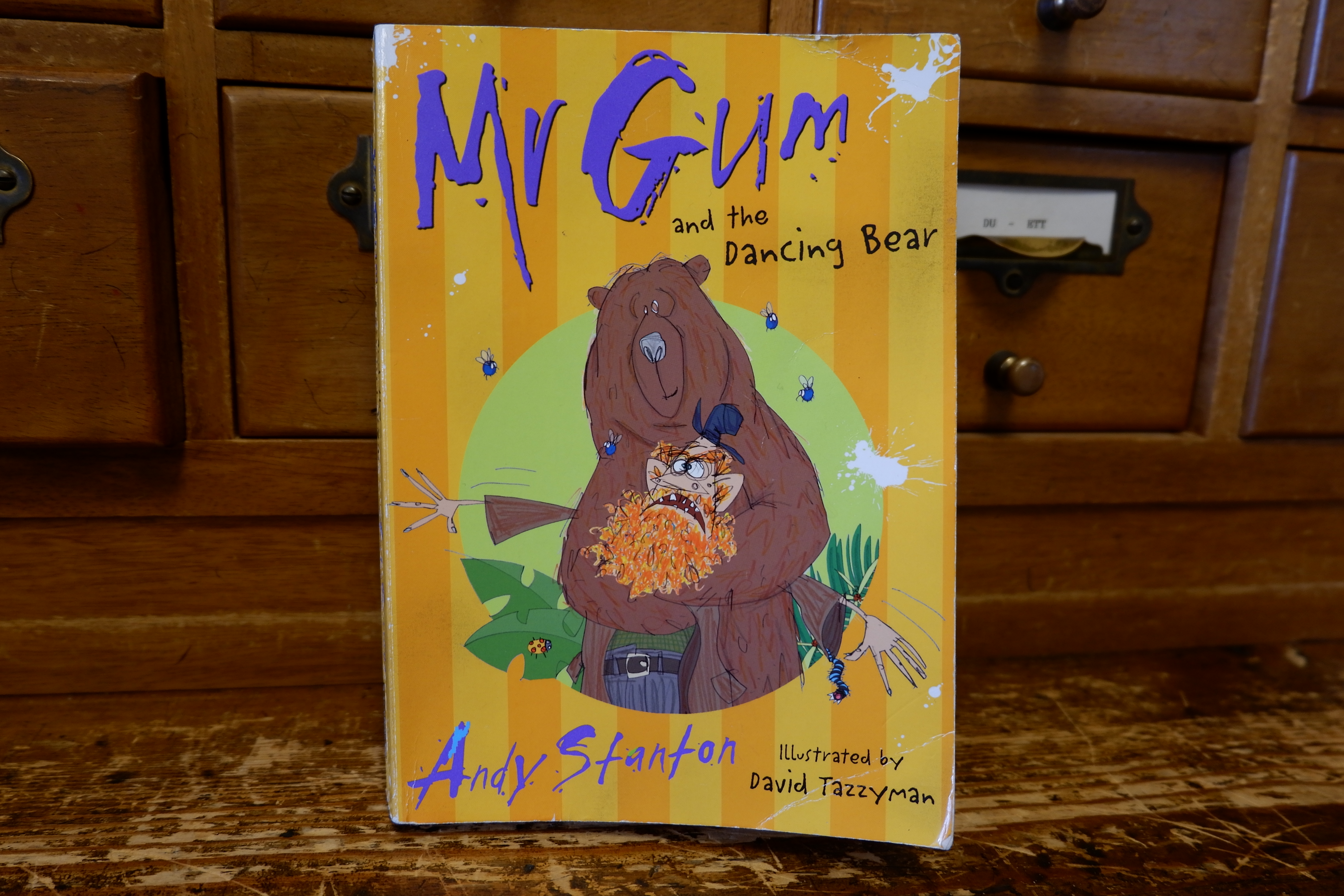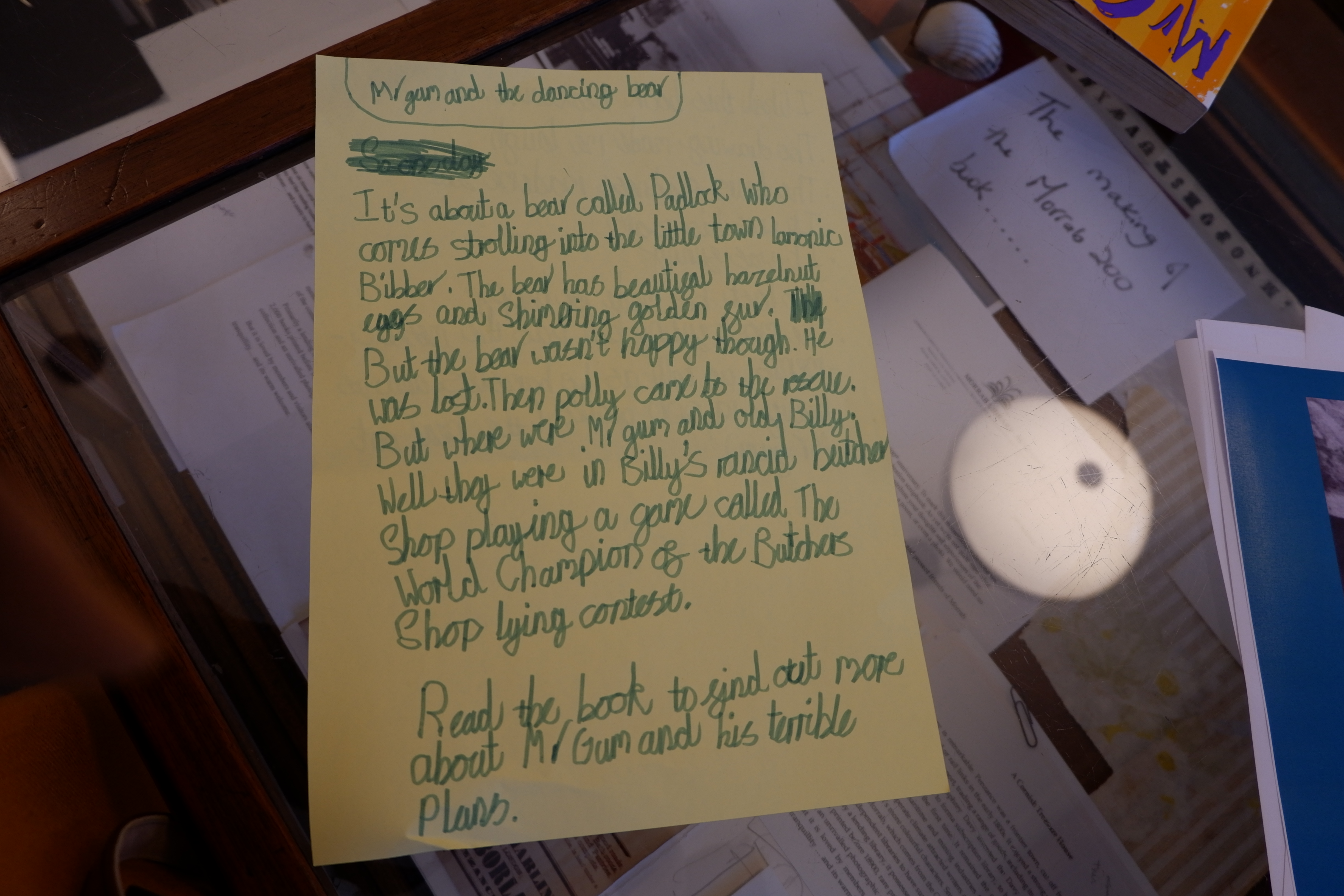by admin | Sep 13, 2019 | Blog
This blog piece was written by Library member, Jean Y. Jones.

A sunny morning. In Morrab Library I sat in my leather chair, book in lap, gazing out of the Georgian window over the gardens and out to sea. The library was quiet and peaceful. The book on my lap, taken from the shelves in the Cornish Room, was Daphne de Maurier’s Rebecca.
Manderley, the house of all our dreams, a country house of the kind familiar to us all through the medium of the novel. The link is astonishing. From its earliest inception as a literary genre, the novel has looked to the english country house for background and setting.
When Richardson considered using imaginative story-telling as a vehicle for his views and opinions he placed his heroine, Pamela, in the country house, a pretty servant faced with moral dangers therein. So successful was he that Smollett and Fielding rapidly followed in his footsteps. The country house proved a perfect background to exploit, for tales of high romance and derring-do, of Gothic mysteries and horror. Jane Austen, writing a while later, used the country house as a more conventional setting, with its beautiful parklands, grand rooms well-furnished and well-appointed, of the kind so highly admired by Henry James. With it came a way of life that over generations had evolved into a strong social class system, the English gentleman exhibiting an etiquette of manners, at times civilised in the extreme, exclusive and insular. Save for the imaginative incursions of the novelist.
So great was the attraction of the country house to literature that it moves frequently from background to foreground. In Pride and Prejudice Darcy might well have remained a bachelor were it not for Pemberley and its effect upon Elizabeth. Similarly, in Northanger Abbey Catherine is quite led astray by the house, almost as much as General Tilney was by rumours of her wealth.
The country house is used to a more passionate and vibrant effect by the Brontes – Wuthering Heights, brooding over the moors, Jane Eyre with its mad woman in the attic. Even Charles Dickens succumbed to its use, in Great Expectations skilfully creating in the mind’s eye the dark and deserted rooms leading ever inward to Miss Havisham’s wedding feast.
But with industrialisation breaking up the patterns of rural life, universal education and democracy, the tenor of novels shifted to the more social and political. Disraeli’s Sybil, George Eliot’s Felix Holt, the Radical, Trollope, concentrating on domestic dramas played out in the country house, closely followed by Galsworthy’s Forsyte Saga. All still using the country house and its social context to centre their narratives on.
As the twentieth century progressed, writers of a different mettle appeared, some, self-proclaimed self-conscious intellectuals like those of the Bloomsbury Group, products themselves of the country house epitomised in novels like Mrs Dalloway, Howard’s End and Brideshead Revisited. These gave way in turn to the novelist writing for a newer kind of reader, exploring a wider range of experience. Though still the country house maintained its allure as in D.H. Lawrence’s Lady Chatterley’s Lover. Crime writers found it a great setting and jumping-off platform, as evidenced in Agatha Christie’s works, and Conan Doyle. This has persisted to the present day.
Its romance endures, in the charm of Georgette Heyer’s Regency works, in for example Catherine Cookson and Jilly Cooper’s writings, right through to contemporary fiction. And who can forget the superbly written “Remains of the Day” by Ishiguru?
The country house may no longer by the symbol of power, wealth and privilege it once was. Yet it lives on, in our novels, in our imaginations, and on the shelves of our own country house, Morrab Library.
by admin | Jul 17, 2019 | Acquisitions, Morrab Library
These are images of just some of the titles that have arrived in the library over the last few months – many of which (if they haven’t already been taken out!) can be found on our new additions shelves in the library reception. For a complete list of our recent acquisitions click here.
We purchase books for our collections a few times a year – many of these are suggested by our members using our suggestion book (found behind the desk). We would like to encourage these contributions on what you’d like to see in your library. We’ll be purchasing some more titles at the end of August so any suggestions before then would be greatly appreciated!
by admin | Jun 28, 2019 | Blog, Morrab Library
This book review is by our member Ned, aged 9.
Mr Gum & The Dancing Bear by Andy Stanton (part of the brilliant Mr Gum series!)
It’s about a bear called Padlock who comes strolling into the little town Lamomic Bibber. The bear has beautiful hazlenut eyes and shimmering golden fur. But the bear wasn’t happy. He was lost. Then polly came to the rescue. But where was Mr Gum and old Billy? Well, they were in Billy’s rancid butcher shop playing a game called The World Champion of the Butcher’s Shop lying contest. Read the book to find out more about Mr Gum and his terrible plans…
I liked this book because –
- The drawings made me laugh.
- The bear’s sadness made me sad.
- It was bizarre.
- It was funny.
- The last bit made me happy.
- The most funny bit was the measurements: as tall as 40 hamsters and as heavy as 19,000 grapes (the bear, not Mr Gum).
by admin | Jun 5, 2019 | Culture, Events, Morrab Library
We’re delighted that The Smugglers of Mousehole film, which used the library as one of it’s locations, is having its first screening at the Solomon Browne Hall, Mousehole on Sunday 16th June. The screening will be raising funds for Solomon Browne Hall, Penlee Lifeboat and Mousehole School. To book tickets, click on this link: https://crbo.ticketsolve.com/shows/873604040

Filming in the Library’s Reading Room.

by admin | May 22, 2019 | Blog, News
A hidden treasure revealed
By Tehmina Goskar
Song of the Chough
Black is the Chough’s colour,
Red are its singing beak and legs,
Still alive on Cornish cliffs,
Although people say it is dead.
He is not dead,
He is not dead,
King Arthur is not dead!
This is the translation of a remarkable Cornish song found tucked away in the Jenner Room in the Morrab Library. While examining the music pamphlets drawer for something completely other, I came across two slips of paper in an original copy of Dr Ralph Dunstan’s Cornish Dialect and Folk Songs, 1932. One is a letter from Dunstan to Henry Jenner, father of the Cornish language revival and founding bard of Gorsedh Kernow. The other is a beautifully penned musical manuscript of a song called Can Palores (Chough’s Song) composed (or arranged) by Dunstan. The book was inscribed by Dunstan to Jenner, dated 16 July 1932.
Dr Ralph Dunstan was born in Carnon Downs on 17 November 1857. He learned to play the bassoon, violin, organ and more. Dunstan became a music teacher at Westminster Training College and won a doctorate from Cambridge. He published widely on the theory of music and in particular composition and harmony. Dunstan was also a Cornishman, alive during an incredibly vibrant period for the Celtic-Cornish movement that saw the establishment of the first Old Cornwall Society in St Ives in 1920, the Federation of Old Cornwall Societies in 1924, and Gorsedh Kernow in 1928. He spent his retirement devoted to Cornish musical matters.
The musical manuscript found at the Morrab is fleeting, barely 12 bars long. It is scored in D major and seems to be arranged for harmony singing—arrangements familiar to those who have studied Dunstan’s other arrangements of Cornish songs (see his Cornish Song Book or Lyver Canow Kernewek, 1929).
The last line of the refrain, ‘King Arthur is not dead!’ is a motto that we find on some Cornish language publications of this period and it appears with a chough in the middle forming an emblem. The imagery and the words are tied up with the Cornish lore of King Arthur whose soul is said to reside in a Cornish chough.
Robert Morton Nance, a key protagonist of the Cornish movement, and a correspondent of Dunstan, used this emblem on several of his pamphlets. Dunstan himself became deeply interested in Arthurian ballads when he moved back to Cornwall.

Its single verse, in the style of Cornish that was being used for the language revival in the 1920s, suggests there were others. A search in the newspaper archives gives us an intriguing clue as to what this song might have been used for. The Western Morning News of 17 September 1932 contains an article by a correspondent called Cornishwoman. It describes a Celtic song, dance and theatrical concert performed at the Royal Institution of Cornwall, Truro under Dunstan’s direction.
The article refers to a Cornish interlude called An Balores (the Chough) in which Phoebe Nance took part. Phoebe Nance (Morwennol—Sea Swallow) from Carbis Bay was made a bard of the Gorsedh the week before. Could it have been Phoebe that performed Can Palores during her interlude? The evidence is compelling. In the same year, 1932, Robert Morton Nance (Mordon) – Phoebe’s father –published a short play called An Balores and it ends with a three-verse song that finishes with the refrain, “Nyns yu marrow Myghtern Arthur!”
The letter, dated 18 July 1932, leaves a clue to the vast collection of unpublished material that Dunstan said he still had in his possession. “I have many other Cornish Songs of various kinds – several from Jim Thomas — I see no hope of ever publishing them in complete form with accompaniments.” Jim Thomas was a massively important figure for Dunstan during his collection of Cornish music and song of the type that took place in village halls, at chapel tea treats and mostly, in pub sessions up and down the Duchy. He goes on to describe the kind of book he would have liked to have published next, a Pocket Companion of Cornish Songs, and what would be in it. The letter itself does not refer to Can Palores.
Ralph Dunstan died on 2 April 1933, not long after writing the letter to Henry Jenner, and his Pocket Companion was never published. Dunstan’s own personal archive was apparently either burned by his daughter after his death or according to another report, left to go damp in a garden gazebo. Whichever is true, these two original survivals become all the more precious.
Can Palores
An Balores du hy lyw,
Ruth ha’y gelvyn can ha’y gar-row,
War als Ker-now whath a vew,
Kyn leverer hy bos marrow.
Nyns yu marrow,
Nyns yu marrow,
Nyns yu marrow Myghtern Arthur!
(Translation above courtesy of Cornish Language Office, Cornwall Council).
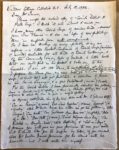
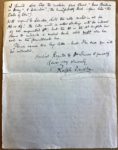
For information on interpreting the music and understanding Ralph Dunstan’s context, our sincere thanks to:
– Merv Davey, Folk Songs & amp; Music Recorder, Federation of Old Cornwall Societies
– Anna Dowling, Violinist, Singer and Composer
– Steve Penhaligon, Keur Heb Hanow
– Karin Easton, Perranzabuloe Museum and President of Federation of Old Cornwall Societies
– Pol Hodge, Cornish language scholar and poet, Golden Tree Productions
Tehmina Goskar, May 2019. For correspondence: tehmina@goskar.com

